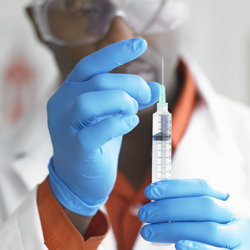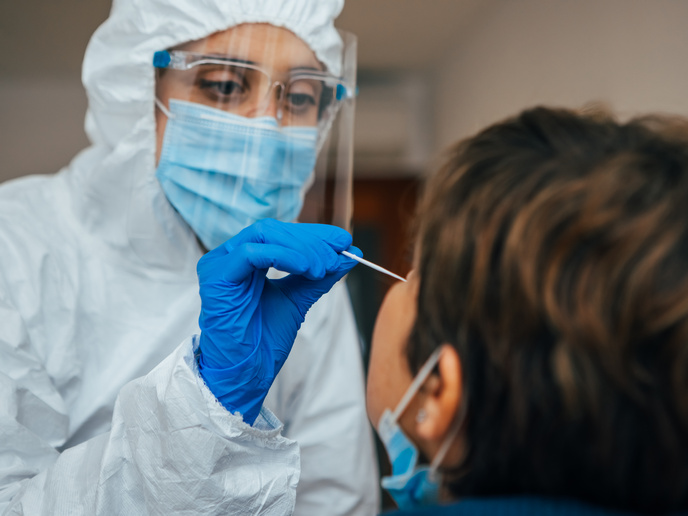A vaccine for controlling Leishmaniasis spread
According to the World Health Organization (WHO), the parasitic disease leishmaniasis is re-emerging, threatening millions of people in developing countries. A vaccine that targets Leishmania has been proposed as the most efficacious and cost-effective measure against leishmaniasis. Several studies have addressed the identification of Leishmania antigens as vaccine candidates mainly in mice models. The EU-funded RAPSODI(opens in new window) project aimed to develop a human vaccine candidate against most or all Leishmania species that cause the different clinical phenotypes. Another objective was to develop assays for screening individuals against Leishmania immunity, together with a marker signature for genetic susceptibility assessment. Previous work by the consortium partners had led to the development of an efficient canine vaccine based on LiESAp, a secreted antigen obtained from culture supernatants of Leishmania infantum. During RAPSODI, scientists worked to define which active ingredients should be used in the vaccine for human purposes. As the recombinant protein (nsLaPSA) turned out to be non-cost effective, partners decided to use a number of peptides (spPSA) from the protein. Various peptides were thus designed and screened in combinations for efficacy on human cells. Using transcriptional profiling it was also possible to select 35 gene markers that could be used to diagnose the most distinct infection phenotypes. These markers were found to be involved in the host–pathogen interactions associated with resistance or susceptibility towards natural Leishmania infection. Their incorporation into a genetic chip could be used to screen the population vaccinated in clinical trials and provide important epidemiological data in endemic regions. Taken together, the tools, vaccination strategies and knowledge generated during the RAPSODI project will have great socioeconomic benefit for countries affected by leishmaniasis by helping to control the disease. Global dissemination of the developed techniques and standardised protocols will also nurture a common view of dealing with leishmaniasis-related issues among the scientific community.







